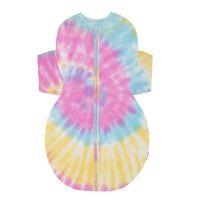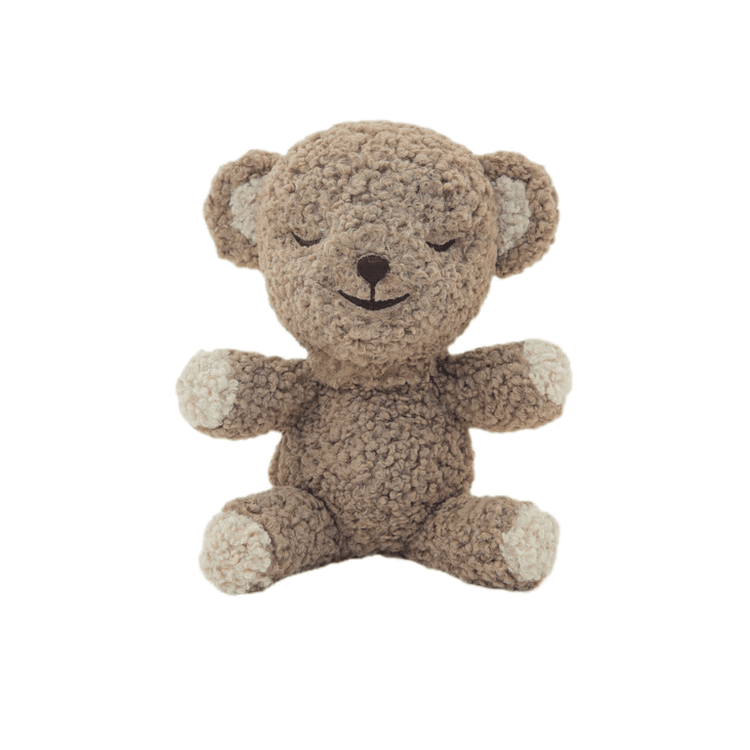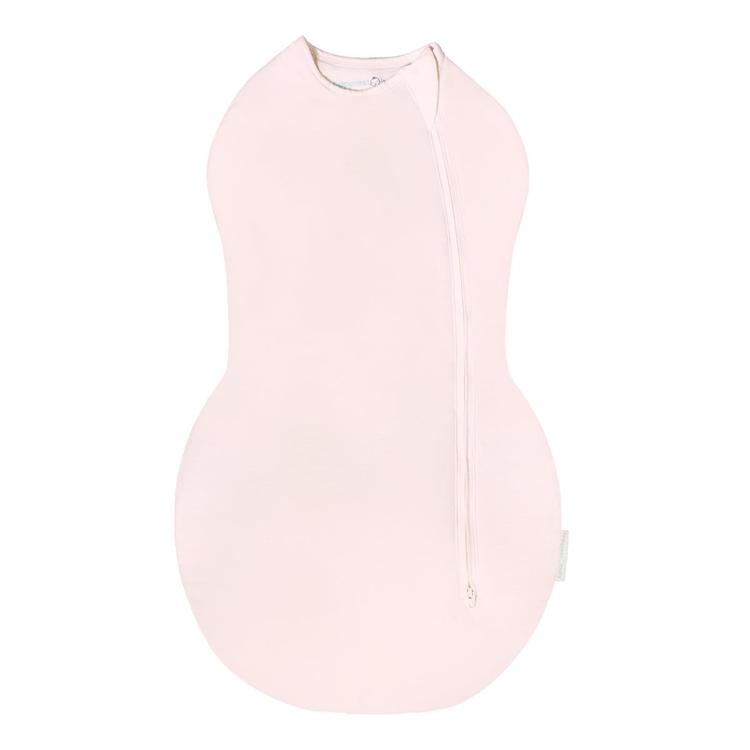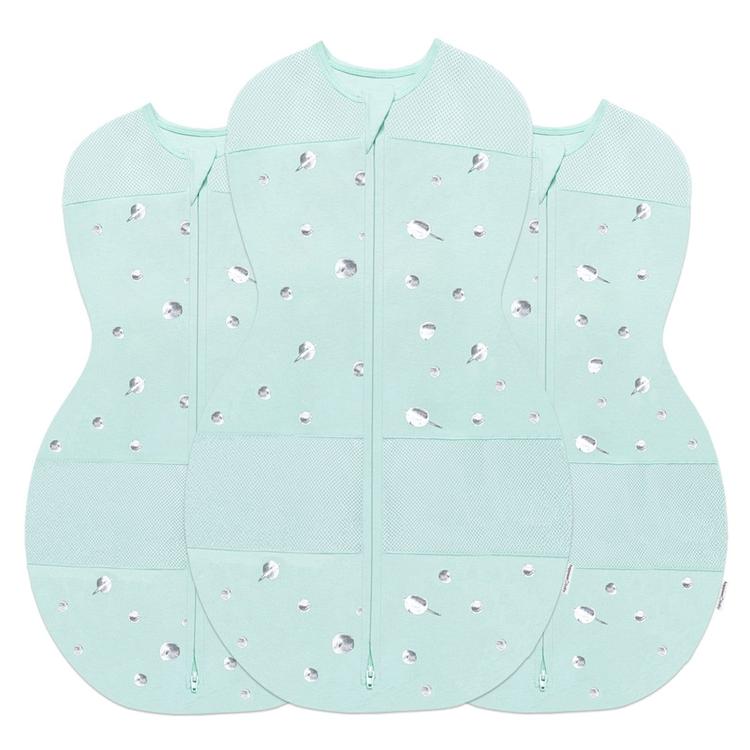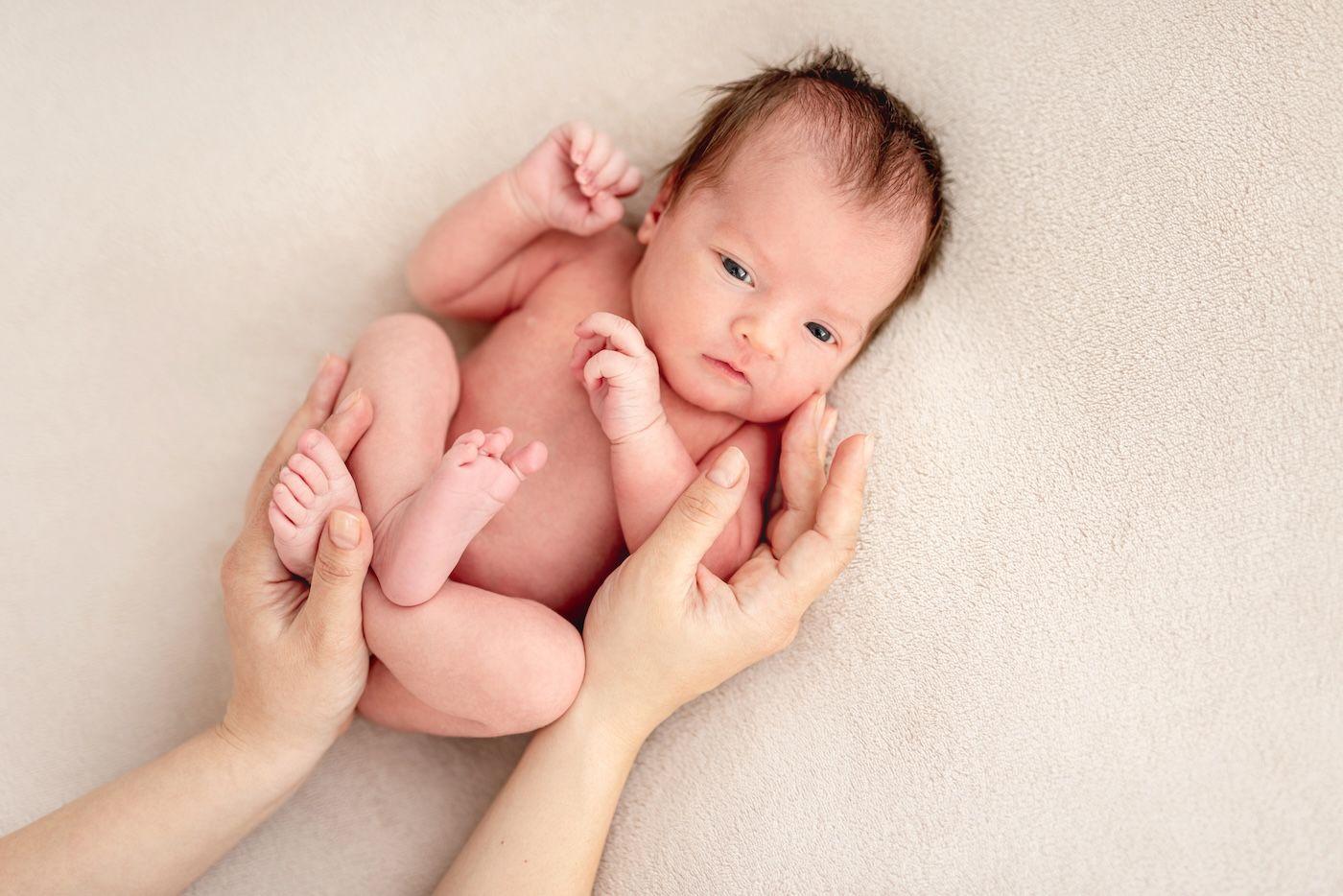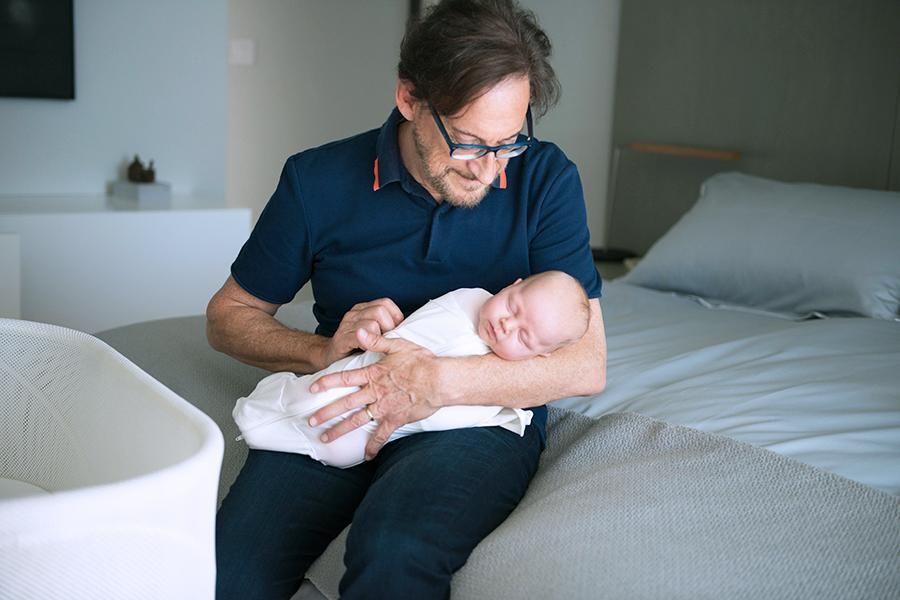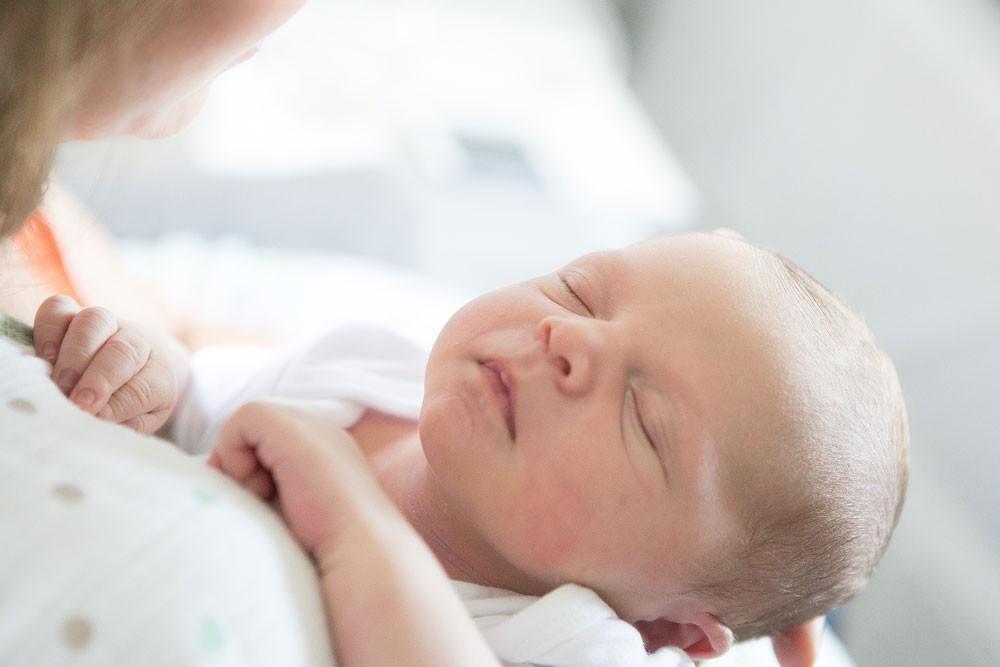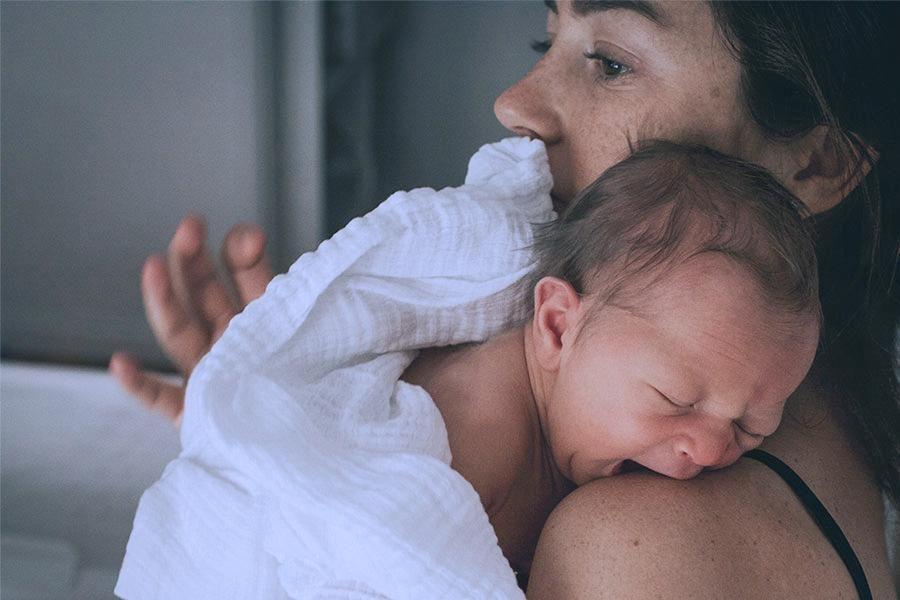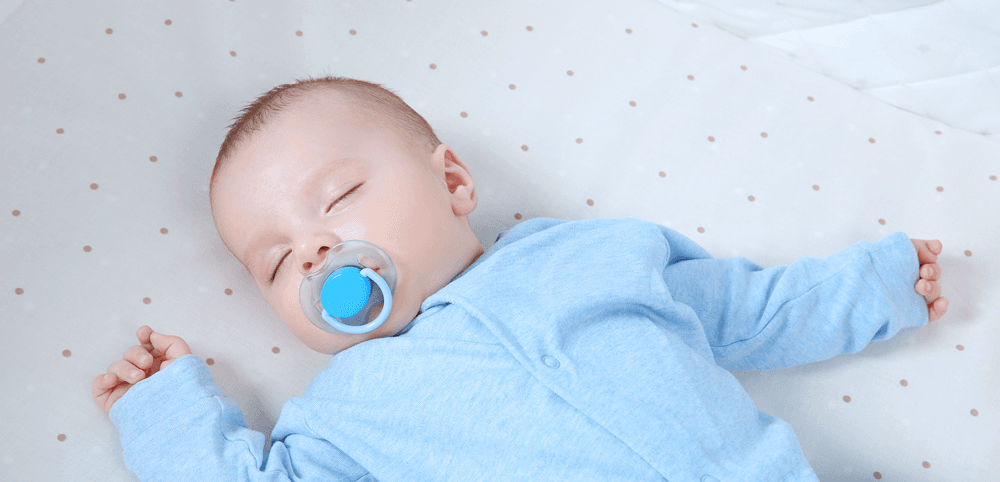One of the most protective actions you can take to lower your baby’s risk of sudden unexpected infant death (SUID) is to place your sweet nugget on their back for all naps and nights, according to the Lullaby Trust. Despite sleep experts and paediatricians shouting this from the rooftops for more than 20 years, research shows that only about 44% of mums surveyed always follow this gold-standard sleep advice. Part of the reason for eschewing this recommendation:
Some parents think sleeping on your tummy is simply more comfortable for Baby. They believe that their baby prefers sleeping in their stomach. The thing is, when it comes to sleep safety, there is way more to consider than your baby’s perceived cosiness. To help parents understand why back-sleeping is always preferred to sleeping on your tummy, we answer your most-asked questions on babies and belly snoozing.
Why is sleeping on your stomach dangerous for babies?
The truth is, experts do not yet entirely understand why sleeping on your tummy can lead to SUID. Stomach sleeping is thought to obstruct a baby’s airway and interfere with their little body’s ability to distribute heat, leading to overheating, which is another cause of SUID. Perhaps most importantly, research suggests that babies who snooze on their tummies may be 'rebreathing' their own exhaled breath, which can lead to a rise in carbon dioxide and a drop in oxygen in the body. Normally, if a baby is taking in so-called 'stale air', their brain would trigger them to wake and cry to take in fresh oxygen. However, some babies may have a problem with the part of their brain that fires this wake-and-breathe signal.
I was put to sleep on my stomach when I was a baby. Was that wrong?
Your parents were simply following the best advice available to them...and times have changed! Today, research shows that sleeping on your tummy puts babies at an increased risk for SUID. The sad and sobering fact is almost 49% of infants who die in their sleep are discovered on their tummies. But placing little ones on their backs for all sleeps greatly lowers their risk of infant sleep death. To wit: Since the start of the UK's national 'Back to Sleep' campaign, the SUID rate has dropped significantly.
I put my baby on her back to sleep, but my in-laws tend to put her on her tummy. Can babies sleep on their stomach sometimes?
Unfortunately, no. Babies who usually sleep on their backs, but are occasionally placed on their tummies for a nap or a nighttime sleep are actually at very high risk for SUID. It is extremely important that everyone who cares for your baby—a partner, grandparents, babysitters, daycare workers—always place them on their back for all their sleeps to reduce their risk of cot death.
Does sleeping on the stomach prevent choking in babies with reflux?
No! Even babies with reflux should sleep on their backs, notes the National Health Service (NHS). While vomiting and spitting up can be scary, rest assured that placing your baby on their back to go to sleep is not associated with choking. While back-sleeping, your baby’s airway anatomy and gag reflex work to keep them safe. When tummy-sleeping, however, babies are more likely to aspirate or choke, since anything they spit-up in this position can pool at the opening of their trachea.
What if my baby is most comfortable sleeping on their stomach?
Sleeping on your tummy can be super-comfortable for lots of babies...but that does not make it safe. Indeed, it is thought that some infants sleep so soundly on their bellies that it can make it markedly more difficult for them to easily wake when their breathing enters a danger zone. The best way to keep your baby comfortable and rested is to tap their innate calming reflex, which is a neurological response that is, essentially, nature’s 'off switch' for fussing. You can do this with a combo of swaddling, shushing, and rocking, all of which mimic the calming sensations of the womb.
Since it is impossible to continuously rock and shush your swaddled snoozer all night, consider getting help from the award-winning SNOO Smart Sleeper. Our smart bassinet is designed to lull babies to dreamland—and soothe fussiness—with all-night responsive motion and sound. Plus, SNOO is the only baby bed with a swaddling system that keeps little ones snug and safe by keeping them on the back for sleep.
What do I do if Baby rolls to stomach while sleeping?
Generally, by the time your baby can continuously roll all by themselves from front to back and then back to front, their chance of SUID is drastically reduced. That means you can likely leave your baby on their tummy if they roll while sleeping. However, if your baby is not an expert roller, you should continue to reposition your baby onto their back post-roll. And whether your older baby rolls to their belly or not, it is important to continue to initially place them on their back at bedtime and nap-time until their first birthday.
How can I make sure my baby stays on their back during sleep?
If you continue to place your little one on their back for all naps and night sleeps, they will grow accustomed to it and be more likely to remain there. For additional help ensuring your little one stays safely on their back during sleep, know that SNOO is the only bassinet that features a swaddling system which keeps babies on the back while sleeping.
When can babies sleep on their stomach?
The most straight-forward answer is this: Once your baby reaches 12 months old, feel free to let them snooze on their belly if that is what they prefer. A more nuanced answer: If Baby rolls to tummy while sleeping—and rolls back again with ease—it is generally okay to let them shift into a stomach-sleeping position during sleep. This often occurs when your little one reaches about 6 months old. The key, however, is that your baby has to have completely mastered this skill first. And even if they have, it is still important to continue to put your baby to bed on their back (on a flat and firm sleep surface) for the entirety of their first year.




